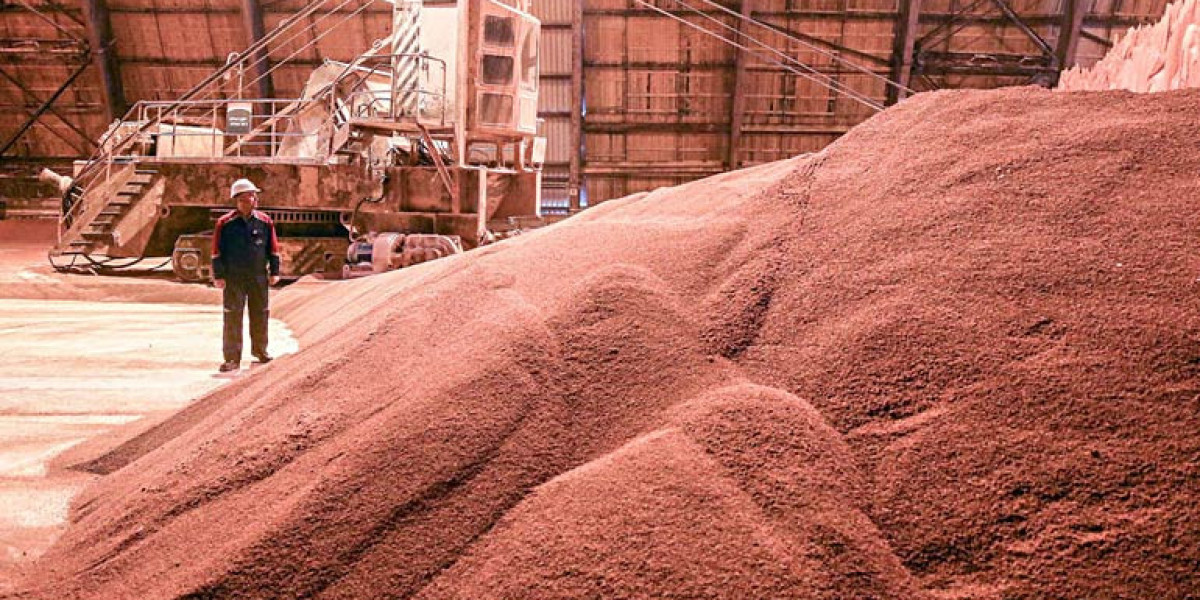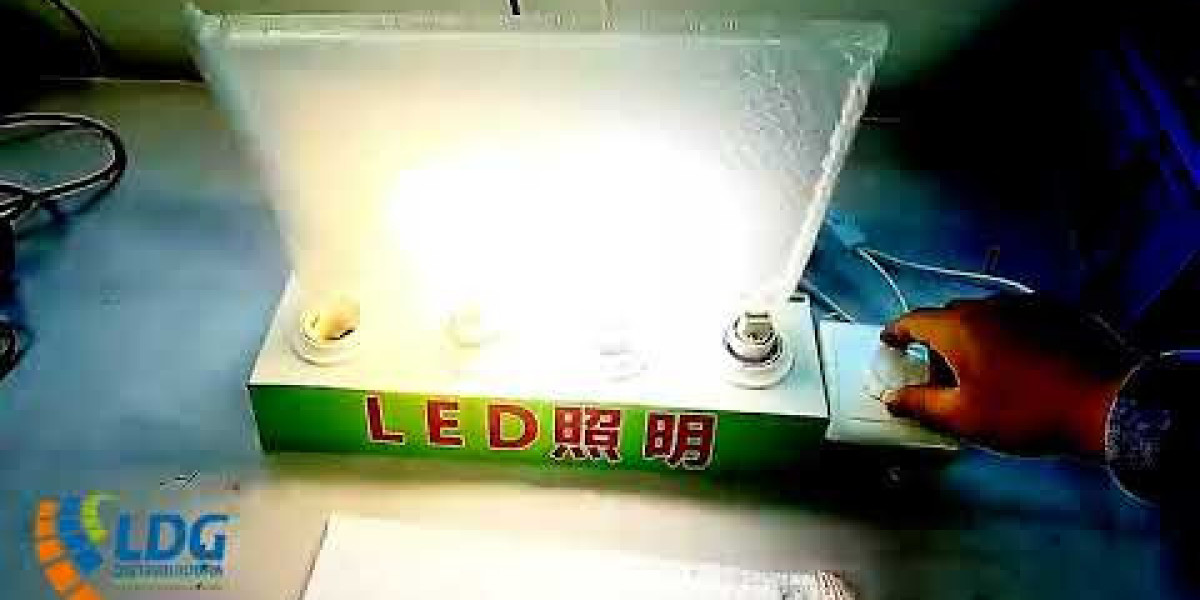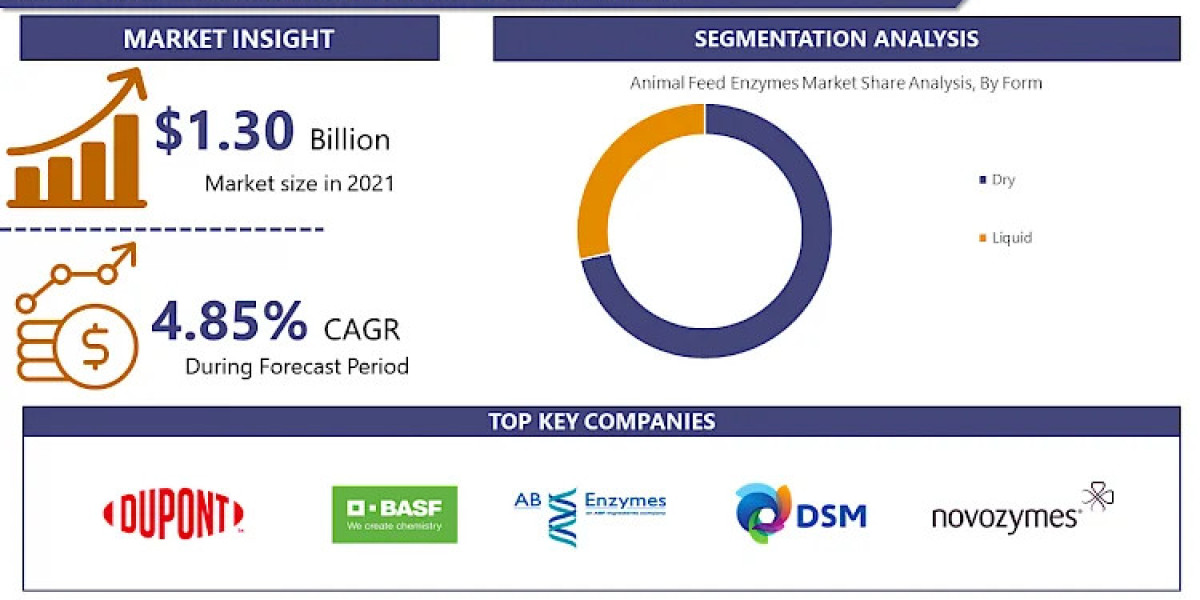Potash, also known as potassium, is one of the three primary macronutrients essential for plant growth. It is present in Potash Fertilizers mainly in the form of potash salts such as potassium chloride, potassium sulfate, and potassium nitrate. Potassium exists in plant and soil primarily in the ionic form (K+). Of the total potassium present in the soil, only a small fraction is available for uptake by plant roots.
Potassium plays a critical role in numerous physiological processes within plants such as photosynthesis, translocation of sugars, enzyme activation, protein synthesis, and starch formation. It helps strengthen plant cell walls, improves disease and pest resistance, regulates water utilization, and aids winter hardiness. Potassium is absorbed by plant roots through an active transport mechanism and moves through xylem vessels upwards.
Importance of Potassium in Crop Production
Potassium has a direct impact on crop yield as it increases the size and number of fruits, tubers, bolls, and grains. Potassium facilitates efficient utilization of nitrogen and ensures normal plant metabolism. Optimum potassium levels in soil are essential for obtaining higher yields of various field crops, vegetables, fruits, and plantations. Potassium deficiencies lead to reduced photosynthesis, delayed ripening, poor fruit quality, lodging of crops, and hampered uptake of other nutrients.
In cereal crops like wheat, rice, maize, and sorghum, adequate potassium boosts tillering, increases starch and protein content of grains, and supports translocation of sugars from source to sink. In potato, it enhances tuber initiation and size. Potassium supplementation is crucial for sugar cane, oilseeds, cotton, and tea as it elevates brix, oil content, fibre quality, and leaf size respectively. In vegetable crops, it promotes plant growth, improves tolerance to biotic and abiotic stresses, and extends post-harvest shelf life.
Potassium Deficiency and its Management
Symptoms of potassium deficiency include scorched appearance and necrosis at leaf tips which progresses inward. Leaves become thinner, smaller, and lighter green in color. Crops deficient in potassium display reduced cold and heat tolerance. Potassium deficiency is common in coarse-textured and sandy soils having low water retention and cation exchange capacity. Cropping systems relying on excessive use of nitrogenous fertilizers are also prone to develop potassium deficiency over time.
Soil testing is crucial to identify potassium levels in the root zone and plan balanced fertilization. Organic sources of potassium include farmyard manure, compost, wood ash, and sulphate of potash. Inorganic fertilizers used as a potassium supplement encompass muriate of potash (KCl), sulphate of potash (K2SO4) and potassium nitrate (KNO3). Foliar application of potassium along with soil application aids quicker assimilation by plants. Intermixing potash with other fertilizers prevents fixation. Maintaining a potassium balance through prudent fertilizer use and soil amendments is essential for sustainable agriculture.
Potash Industry and Global Trade
Canada, Russia, and Belarus are the dominant producers and exporters of potash in the world, together accounting for over 70% of global supply. Potash reserves in these countries are present in vast underground salt deposits left behind by ancient inland seas. Mining involves conventional underground methods or solution mining whereby water is injected to dissolve potash bearing salts. Processing plants then utilize various techniques to extract, dry and granulate potash into standard grades for shipment.
China, India, Brazil, the United States and several European and Southeast Asian nations are the major importers of potash globally. International trade in potash fertilizers is valued at over US$ 10 billion annually. While muriate of potash remains the principal potassium-containing fertilizer traded worldwide, demand is rising for specialty products like sulphate of potash and potassium magnesium sulphate due to production of high-value crops. Transportation of bulk potash utilizes ships, trains and trucks. Geopolitical issues can sometimes influence potash prices and trade flows between producer and consumer countries.
Future Prospects and Sustainability Issues
With growing world population and declining per capita arable land, sustainable intensification of agriculture through balanced fertilization will be crucial to meet food demand. Potassium recycling from residues and wastes holds promise. Precision agriculture techniques facilitating precision placement of potash matching crop requirements can enhance its use efficiency. Slow-release and nano formulations of potash fertilizers are being researched and developed to improve nutrient use.
At the same time, over-exploitation of potash resources and environmental pollution from mining need addressing. Promoting alternative organic sources of potash and improving soil health through management practices are equally important. Evolving policies and programs incentivizing efficient fertilizer use, reuse and reducing losses will support the potash industry’s long-term viability and address sustainability concerns as global food security rises up the development agenda.
Get more insights on - Potash Fertilizers








